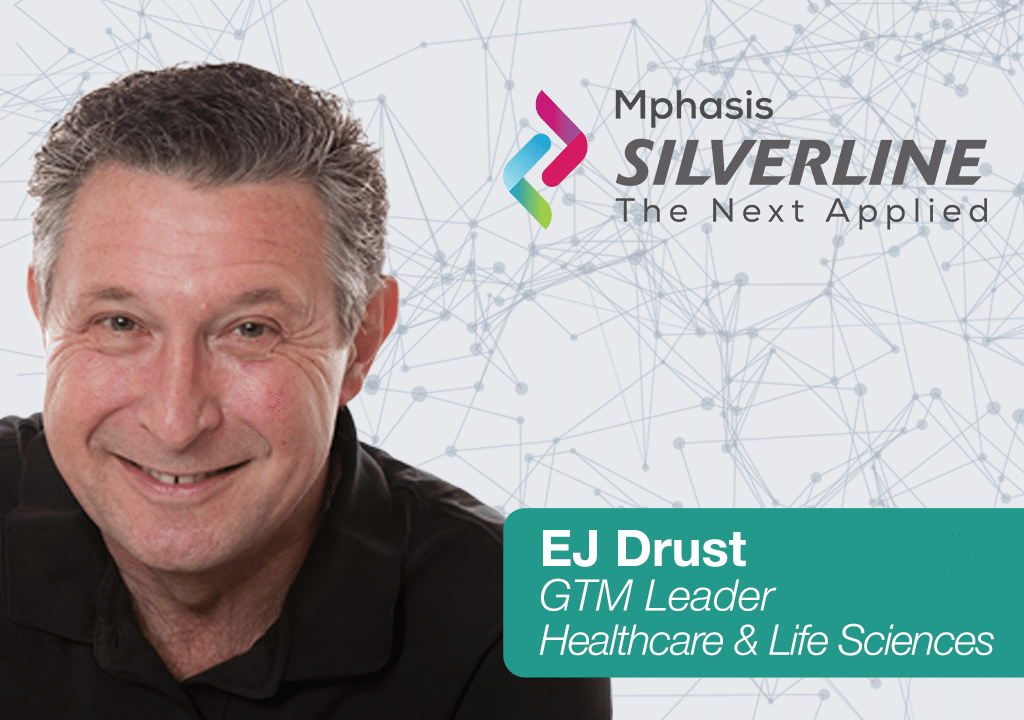Reading Time: 4 minutes
Another successful HIMSS is behind us. Over 43,000 health professionals made their way to Orlando this year to learn more about how technology can impact the way they deliver care and improve the overall quality and experience they provide to their patients and clinicians. We all walked the over 1.1 million square feet of the exhibit floor, with over 1300 exhibitors in an effort to better understand the innovative solutions that exist in the marketplace today. It is certainly a daunting task if you are a provider trying to find the solution that best addresses your organizations needs.
The themes of this year’s HIMSS was interoperability, patient engagement, and consumerism – a direct validation of the importance of CRM in Healthcare. The event’s keynote started off with some very notable government officials, including CMS Administrator Seema Verma and a distinguished panel talking about the new proposed healthcare rules to drive interoperability. Clearly, this is a foundational requirement to enable access to longitudinal data on patients in the industry. Over the years government involvement has accelerated adoption of technology. Hopefully, this ruling will bring us closer to the holy grail of an interoperable healthcare ecosystem, where the right people have access to the right data at the right time to enhance the care they deliver to patients.
Interoperability is critical as our health system transitions from a fee for service to a value-based care environment where transparency to data exists for patients and providers alike. I must say that there was a great deal of conversation surrounding how consumers may be overwhelmed with the volume of data that they may be given access to.
In early January, Ashwini Zenooz, MD, the new SVP of Healthcare and Life Sciences summed up what our challenges are and where we need to focus our efforts in her article: Interoperability: The Force that Connects our World’s Health Systems. Here Dr, Zenooz highlighted several key facts that you saw repeatedly both in the education sessions and on the show floor at HIMSS:
- Interoperability forms the foundation of the personalized and scalable consumer experience.
- The tools exist in the industry today to implement interoperability on a large scale.
- We as a collective ecosystem (providers, payers, life science organizations), need to unify around the patient.
I believe that we as an industry still need to put the mechanisms in place to leverage the longitudinal data we have about patients to better engage them in their journey to better care. We need to help patients by providing them with easy access to information that is critical to their health and wellness and engaging them leveraging their preferences for communications.
It’s no wonder with such visionary leadership that the Salesforce booth at HIMSS was constantly mobbed with clients looking to learn more about how Salesforce can help them with their journey to enable better patient engagement within the markets they serve. There were many sessions at the theater in the Salesforce booth where clients, partners, and Salesforce themselves talked about their experiences around patient engagement and consumerism.

Several companies that Silverline has had the opportunity and privilege to work in the ecosystem presented at HIMSS. LiveData, who is a perioperative solution provider focused on improving the operations within the surgical suite presented on Tuesday afternoon. They integrate real-time data with workflow automation to coordinate and manage patient care through the surgical journey. From preoperative assessments through surgery to discharge, LiveData solutions coordinate teams and deliver predictable outcomes. LiveData talked about how they are working with Salesforce, integrating with Health Cloud to improve a patients journey in the surgical process.
We also listened to the progress that Cerner and Salesforce have made over the last year executing on their partnership. As you recall, Cerner and Salesforce announced a partnership last year where they would work together to combine best of breed healthcare and CRM platforms to close the loop between interactions and outcomes and enable new kinds of personalized engagement for patients and consumers. Leveraging Cerner’s Population Health Suite of solutions to power the Salesforce patient engagement platform will have a transformational impact on the industry. Other population health management solution provides such as Geneia have also been making incredible strides in the marketplace working with Salesforce.
My colleague (Jim Rogers) and I presented in the Salesforce booth discussing how to Improve Patient Engagement and Retention leveraging the Salesforce Health Cloud and Marketing Cloud solutions. Over the past year, most of our clients have been seeking help across several problem areas: Leakage and Referrals, Scheduling (the highest dissatisfier in a recent healthcare consumer study) improved care management, patient acquisition and patient retention among other areas. It is very infrequent in our interactions today that clients do not require the strength of the integrated platform. Typically we see clients starting with the segmentation of patients within Health Cloud, leveraged both to enable their Patient Engagement Centers, but also to fuel Marketing Cloud journeys for patients, either for primary care, specialty care service lines or engaging new consumers into their health system.
While HIMSS is always an incredible platform for learning and connecting with colleagues, we always save time for some fun. A big thanks to Salesforce for throwing an incredible party at B.B. King’s Blues Club. We listened to a great band, had great food and drink throughout the night.
If you are interested in how we can help you better engage your patients, consumers, and health plan members on a journey to improve their overall health while providing a framework for streamlined operations and personalized communications with your patients reach out to me at [email protected]. I look forward to hearing from you.



